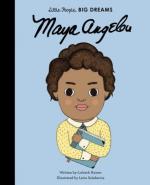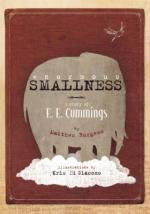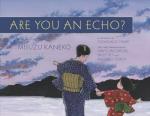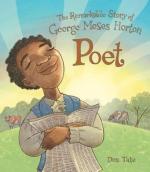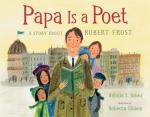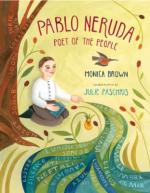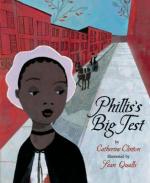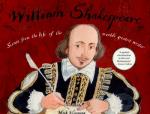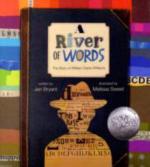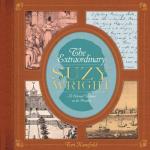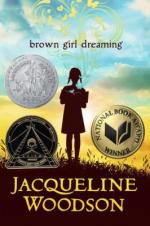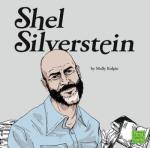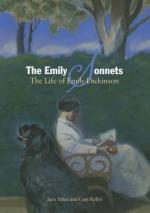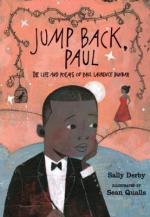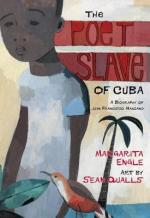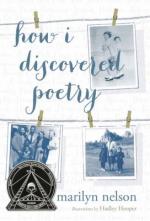April 1, 2017 | strande
Learn about real life poets and their work. The stories included below are roughly listed by increasing depth and complexity. While these books are located in the Children's Department, there is a strong possibility that they may appeal to a wider audience.
Offers an illustrated telling of the life of Maya Angelou that focuses on how she overcame childhood trauma and realized her dream and became one of the world's most beloved writers and speakers.
Presents the life and work of the twentieth-century American writer, focusing on his fascination with words from a young age and highlighting his poetry's inspirational properties.
A beautiful story that folds poetry and history into recent events, resurrecting the work of Misuzu Kaneko and bringing the gentle grace of her poems to a new generation.
George Moses Horton taught himself to read and compose poetry while living as a slave in North Carolina. His yearning for freedom figures heavily in much of his quest for words and his subsequent work.
When Robert Frost was a child, his family thought he would grow up to be a baseball player. Instead, he became a poet. Told from the point of view of Lesley, Robert Frost's oldest daughter, this is the story of how a lover of language found his voice.
A story about how the poem on the Statue of Liberty came to be, and a look at the girl who composed it.
Chronicles the life of Dave, a nineteenth-century slave who went on to become an influential poet, artist, and potter.
A young boy named Neftalií wanted to be a writer. He began publishing poems at age sixteen as Pablo Neruda. His voice was heard across nations and oceans. From his poems grew flowers of hope and dreams of peace.
Story of Phyllis Wheatley an enslaved woman of Boston, Massachusetts who published a book of poetry in 1773 and then had to defend her authorship to those who didn't believe she was capable of writing such beautiful words.
Offers an illustrated overview of the life of William Shakespeare and some of his most famous plays, with period historic details to fill out what his life might have been like.
An illustrated biography of American poet William Carlos Williams, who studied to become a doctor, but still found time to write poetry.
Introduces Suzy Wright, a Quaker who helped settle the Pennsylvania frontier, defended the rights of Native Americans, wrote poetry, and provided legal counsel to her neighbors.
Examines the life of poet Langston Hughes, one of the central figures in the Harlem Renaissance, and presents a selection of his poems that reflect African American culture and experience.
The author shares her childhood memories and reveals the first sparks that ignited her writing career in free-verse poems about growing up in the North and South.
Presents the life and career of Shel Silverstein, including his childhood, education, and milestones as a best selling children's author.
Recounts Emily Dickinson's schooling, seclusion, and the slant rhymes for which she became famous.
Traces the life and achievements of the late-nineteenth-century African American poet, from his poverty-stricken childhood and his immense fame to his tragic death and enduring cultural legacy.
Juan Francisco Manzano was born in 1797 into the household of wealthy slaveowners in Cuba. He spent his early years at the side of his owner's wife, entertaining her friends. His poetry was his outlet, reflecting the beauty and cruelty of his world. Written in verse.
The author reflects on her childhood in the 1950s and her development as an artist and young woman through fifty poems that consider such influences as the Civil Rights Movement, the "Red Scare" era, and the feminist movement.

